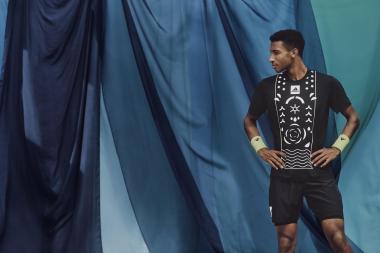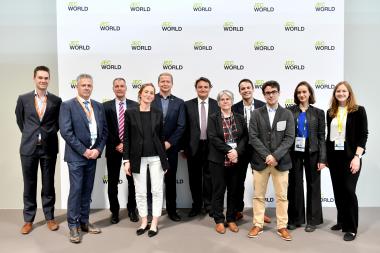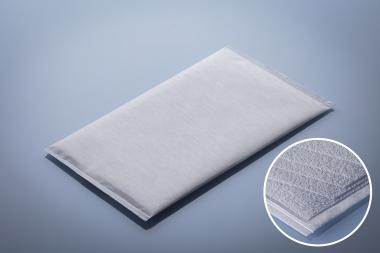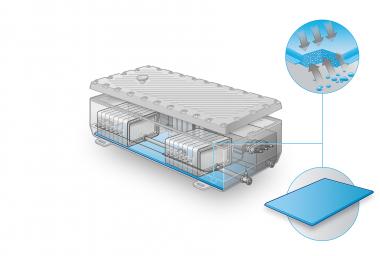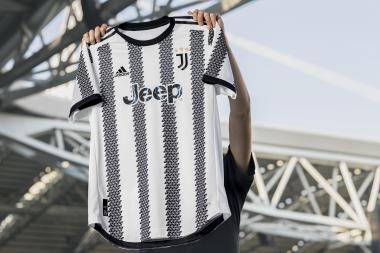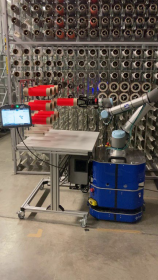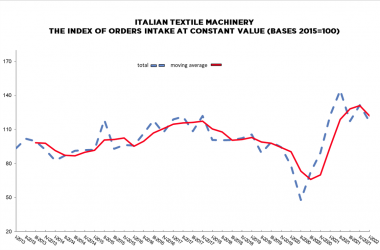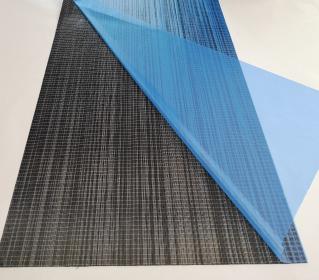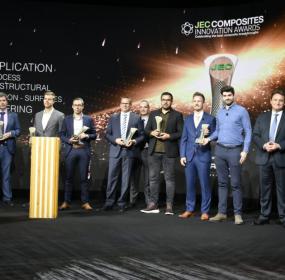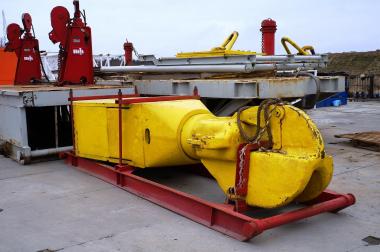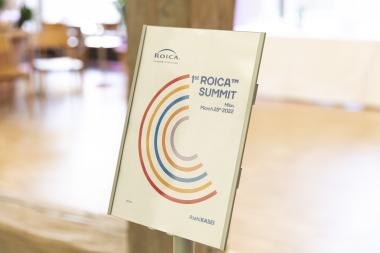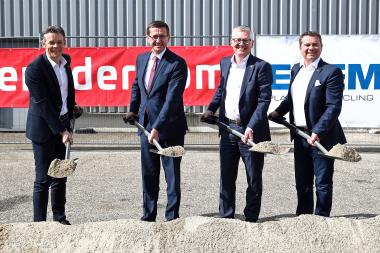adidas commitment to end plastic waste with SS22 Tennis Collection
adidas launches its SS22 Tennis Collection, a high-performance tennis apparel line featuring graphics inspired by Paris’ botanical gardens and green spaces, garments in the collection were made either in part with Parley Ocean Plastic or in part with recycled content.
Launching ahead of the most prominent clay court tournament of the summer, the SS22 Tennis Collection is being premiered on court by adidas next-gen athletes, Elena Rybakina and Felix Auger-Aliassime, alongside Maria Sakkari, Dominic Thiem and Stefanos Tsitsipas who all share a passion for championing sustainability and working together towards a better future for our planet.
From Insight to Action
The SS22 Tennis Collection is another step adidas is taking on its journey to help end plastic waste, and its athletes are sharing this commitment. For adidas athletes, what they wear on the court is not only performance attire but an expression of their personal style and beliefs.
Felix Auger-Aliassime, elite tennis player, commented: "I'm part of a generation of players who care about having an impact on and off the court. When I think about the future, it's not just about my future as a tennis player, but also about the future of the planet. . That's why I wear the new adidas SS22 collection made in part with Parley Ocean Plastic or in part with recycled materials – to send a message that we can all do our part by helping to end plastic waste.“
Fashion-foward Performance
The SS22 Tennis Collection is designed to be bold yet fully functional on court. Each garment features HEAT.RDY technology which is designed to keep players feeling cool, dry and confident as they take on their next challenge.
The Collection features two dresses, tank tops, long sleeve tees and a match skirt for female players. For male players, the collection consists of two tees, a sleeveless tee, a polo tee, a TECHFIT long sleeve top and two different types of shorts.
It is available in a number of different bold graphic prints, all inspired by the Serres d'Auteuil botanical garden. The prominent colors of the collection are black and white.
adidas AG


